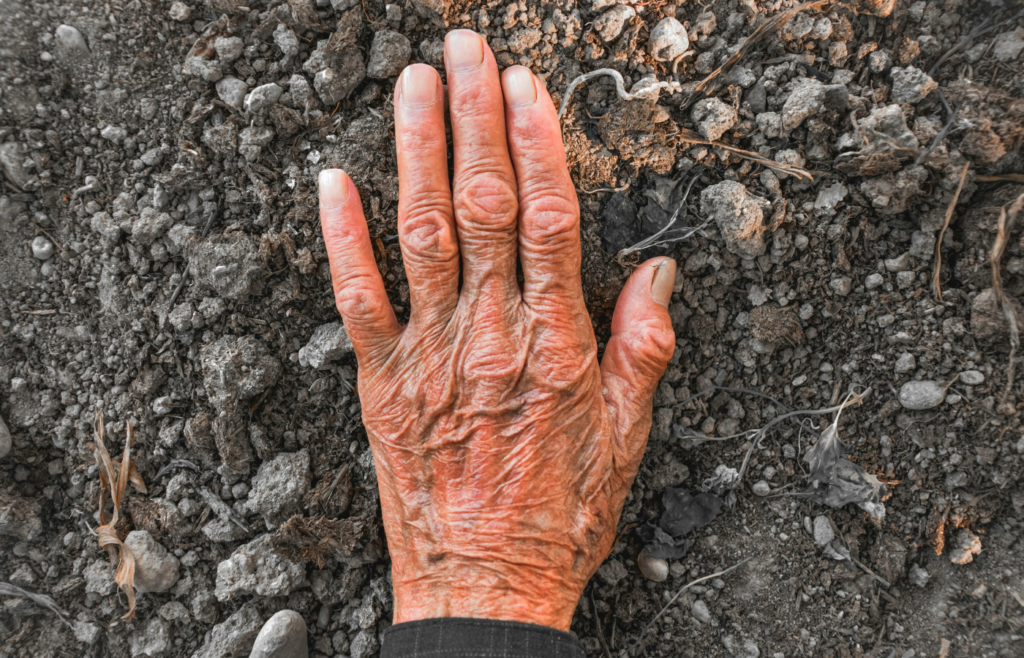When chaos hits—power’s out, roads are blocked, comms are down—it’s not just your gear that gets tested. It’s you. And in those first few moments, panic can be just as dangerous as the storm itself.
Staying calm doesn’t mean you’re not afraid. It means you move forward anyway. Here are 10 practical ways to stay clear-headed, steady, and in control when everything else is falling apart.
1. Control Your Breathing

Your breath is your anchor. When panic sets in, your heart races and your thinking narrows. Slow, deep breaths reset your nervous system.
Try this: Inhale for 4 seconds, hold for 4, exhale for 4, hold for 4. Repeat. It’s simple. It works.
2. Focus on the Next Right Thing

Big problems overwhelm. Survivors zoom in. What’s the next step? Is it lighting a lantern? Boiling water? Closing the windows?
Do that one thing. Then the next. Progress brings calm. A to-do list is more than survival—it’s mental armor.
3. Speak Calmly—Out Loud if Needed

Your voice affects your brain. Saying calm, clear instructions aloud helps override panic. It also steadies the people around you.
Try phrases like, “We’re okay. Here’s what we’re doing next.” Clear words create clear minds.
4. Create a Small, Safe Space

When your environment feels out of control, make one corner feel safe. Close a door. Set up a light. Bring in warm blankets or supplies.
This physical boundary helps your brain feel protected, even in a larger disaster zone.
5. Limit Input and Noise

Too much noise, news, or chatter can fry your circuits. If people are panicking around you, step away. Turn down the volume.
Keep the emergency radio low. Focus on facts—not fear. Quiet helps you think.
6. Ground Yourself with Your Senses

When your mind spirals, bring it back to your body. Touch something solid. Smell your shirt. Feel the air. Say what you see out loud.
It’s called “grounding,” and it stops anxious thoughts by pulling you back to the present moment.
7. Reframe the Situation

Instead of “This is terrible,” say “This is a challenge—I’ve prepared for this.” You’re not powerless. You’re responding.
Shift your mindset from fear to focus. The story you tell yourself shapes how you survive.
8. Stay Hydrated and Fed

Hunger and dehydration mess with your brain. They make stress feel worse. Keep water and small snacks close.
Even just sipping warm tea or eating a protein bar can calm your body—and bring clarity back.
Read More: Top 15 Skills You’ll Be Glad You Learned Before the Power Went Out
9. Move Your Body (Even a Little)

Adrenaline builds up fast. Movement helps burn it off. Do light stretching, pace a bit, shake out your hands.
You’ll feel more grounded, less frozen, and ready to act. Don’t sit in the stress—move through it.
Read More: Top 15 Multipurpose Survival Tools That Could Save Your Life
10. Remind Yourself: This Will Pass

No crisis lasts forever. Tell yourself: “I’ve handled hard things before. I’ll handle this too.” Because you will.
Survival starts with the belief that there’s a way through. And staying calm is how you find it.
You can’t stop the storm. But you can choose how you respond to it. These tools aren’t magic—they’re mental habits that turn fear into focus. Practice them now, and when everything goes wrong, you’ll be the calm in the chaos.
Read More: Top 15 Mental Habits of People Who Survive Anything





